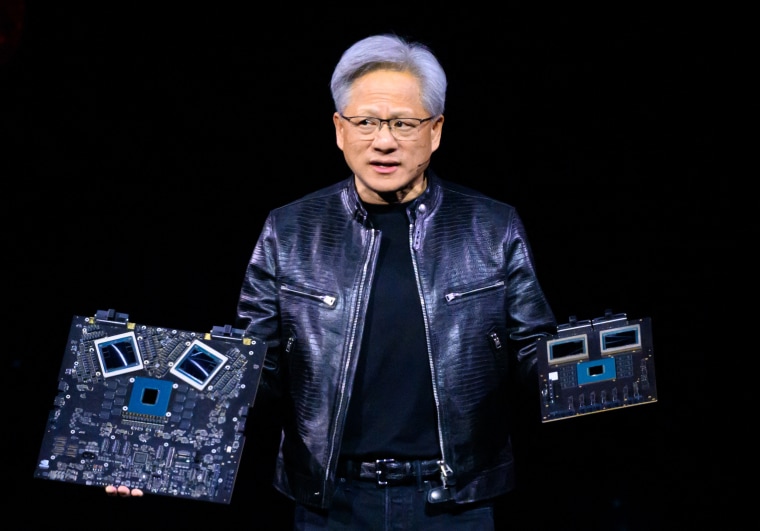In the wake of technological advancements and the ever-evolving demands of consumers, the landscape of the U.S. chip industry has witnessed significant changes over the years. Intel, once the unchallenged leader in the semiconductor market, is now grappling with challenges that threaten its position of dominance. The company, which revolutionized the industry with its cutting-edge microprocessors, is struggling to keep pace with the competition and maintain its relevance in the rapidly evolving tech sector.
One of the key factors contributing to Intel’s struggles is the intensifying competition from its rivals, particularly AMD and Nvidia. These companies have been gaining ground in the market with their advanced technologies and innovative solutions, posing a formidable threat to Intel’s market share. AMD, in particular, has made significant strides with its Ryzen processors, which have been well-received by consumers and industry experts alike. Nvidia, on the other hand, has been leading the charge in the graphics processing unit (GPU) market, further challenging Intel’s dominance.
Intel’s own missteps and internal challenges have also played a role in its decline. The company has faced setbacks in the development and production of its next-generation chips, leading to delays and performance issues that have tarnished its reputation. Additionally, Intel has struggled to transition to new technologies, such as 7 nanometer chips, which has put it at a disadvantage compared to its competitors. These internal struggles have created opportunities for other players in the industry to capitalize on Intel’s weaknesses and gain market share.
Another significant factor impacting Intel’s relevance in the chip industry is the shift towards more specialized and custom chips. As the demand for specialized computing solutions grows, companies are increasingly turning to alternative chip manufacturers that can provide tailored products to meet their specific needs. This trend has further eroded Intel’s market share, as companies seek out more agile and innovative chipmakers that can deliver customized solutions in a timely manner.
Despite these challenges, Intel is not out of the race just yet. The company still possesses immense resources, technological expertise, and a loyal customer base that it can leverage to stage a comeback. By focusing on innovation, addressing its production challenges, and adapting to the changing market dynamics, Intel can position itself for a resurgence in the chip industry.
In conclusion, Intel’s journey from industry powerhouse to a company struggling to stay relevant underscores the rapid evolution of the chip industry and the intense competition among key players. As technology continues to advance and consumer demands evolve, companies like Intel must adapt and innovate to maintain their competitive edge. By addressing its challenges head-on and capitalizing on its strengths, Intel can navigate the shifting landscape of the chip industry and reclaim its position as a leader in semiconductor technology.
